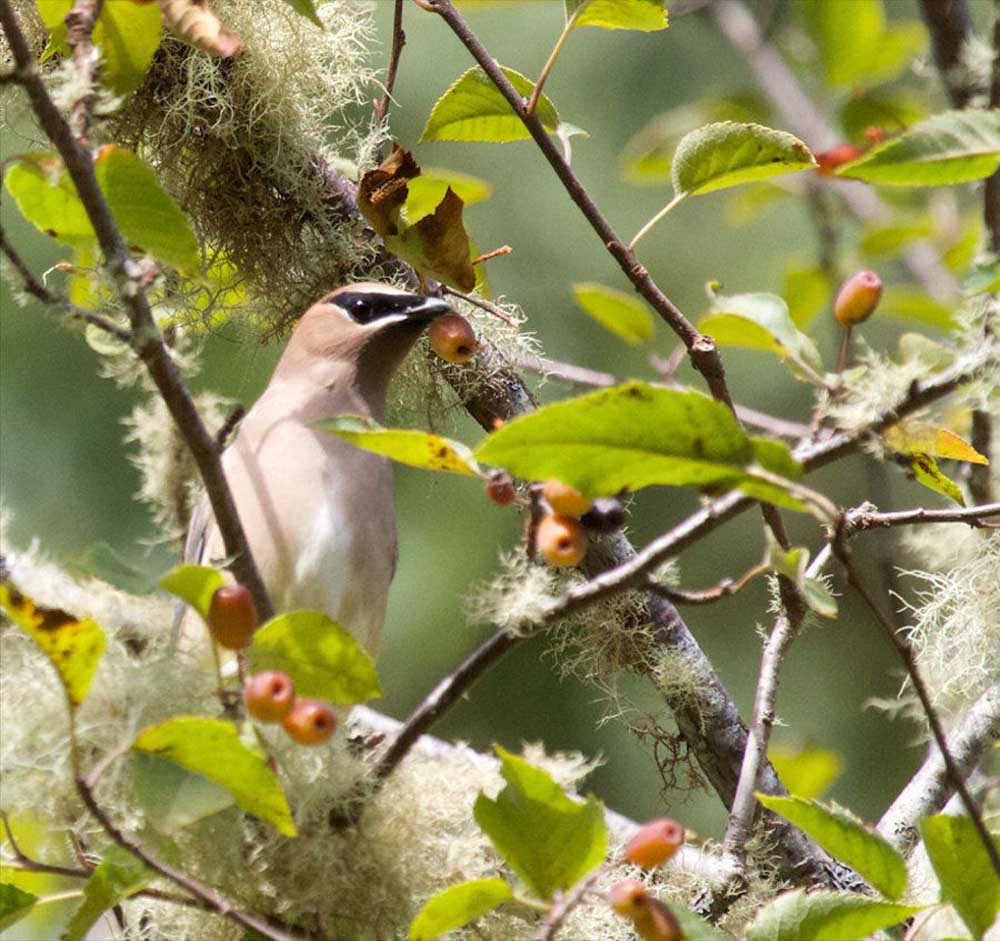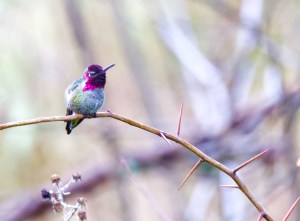Birdwatching The cedar waxwing — a smart connoisseur
Published 10:49 am Tuesday, July 14, 2015

- Birdwatching The cedar waxwing — a smart connoisseur
Dr. Madeline A. Kalbach
Trending
For the Observer
The cedar waxwing is one of the few bird species that specializes in eating fruit. This not only satisfies its hunger, but also results in the demise of a cowbird hatchling if the female brown-headed cowbird selects a cedar waxwing as a host. You see, according to the latest research, this is because the cowbird cannot survive on a diet high in fruit.
The cedar waxwing is named for the red wax-like secretions on its wing tips and for the fact that it loves to feast on cedar berries in the winter. In summer this bird’s diet is supplemented with insects. It takes off from a twig and flits through the air trying to snag flying insects. If you see a silky, smooth looking tannish, golden brown, crested bird, wearing a mysterious black mask performing some amazing acrobatics in the air, it is likely the cedar waxwing.
Trending
During courtship, the pair sit on a branch. The male brings the female a gift, usually a piece of fruit, a flower petal or an insect. They hop across the branch toward each other, often touching bills. The female takes the gift and hops away, but she quickly hops back to return it to her suitor! This display is repeated several times. It only ends when the female finally eats the “gift.”
The waxwing’s love of berries can also get them into trouble, especially in the fall. By autumn, berries and other fruit begin to ferment and produce alcohol! The result of eating a lot of fruit or eating over-ripe fruit is hazardous because it may result in intoxication!
As fall approaches, look for flocks of cedar waxwings as they gather to feast on autumn fruit. Look for them at Cape Disappointment and at the Tarlatt, Reikkola and Leadbetter units of the Willapa National Wildlife Refuge. Maybe you will see one that is a little tipsy!






